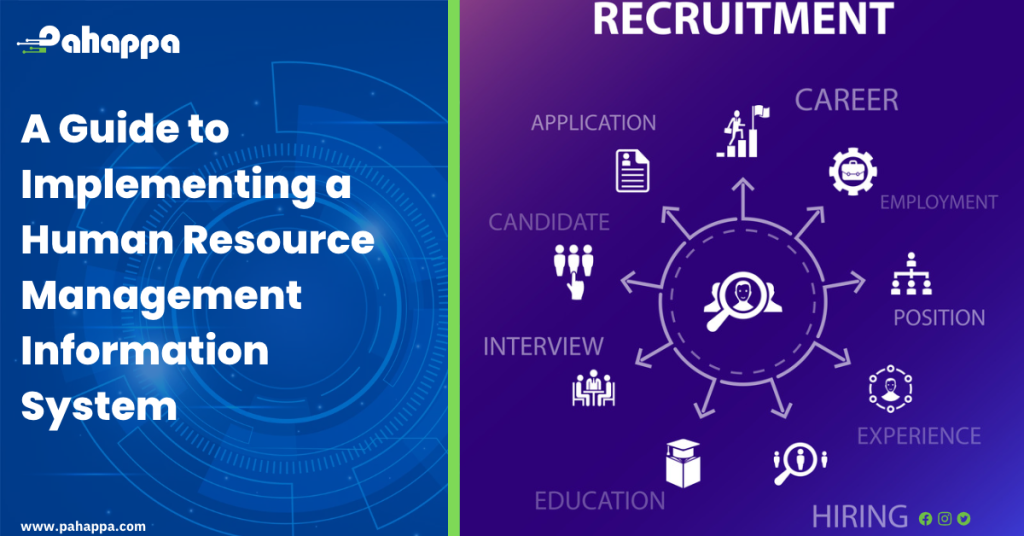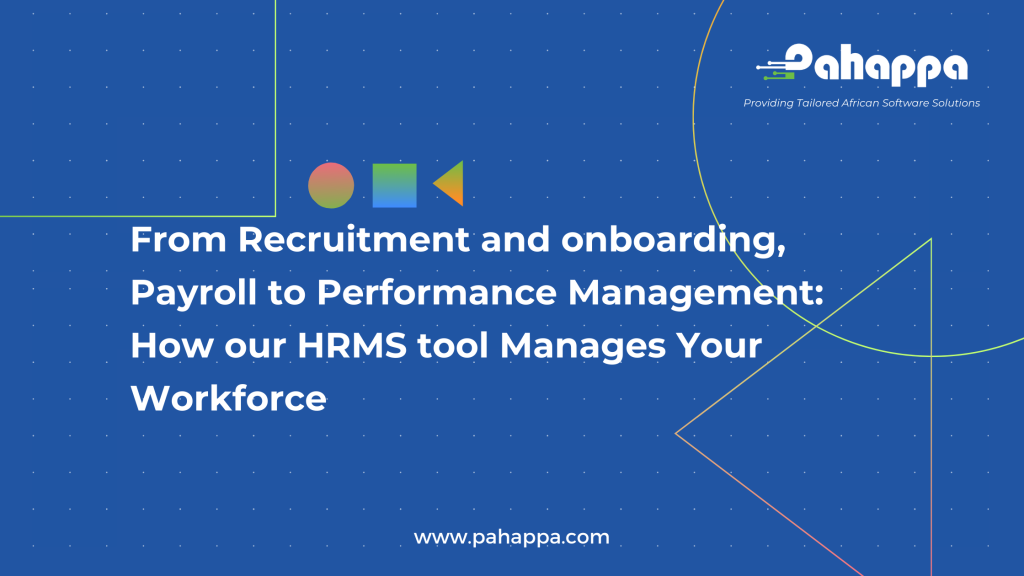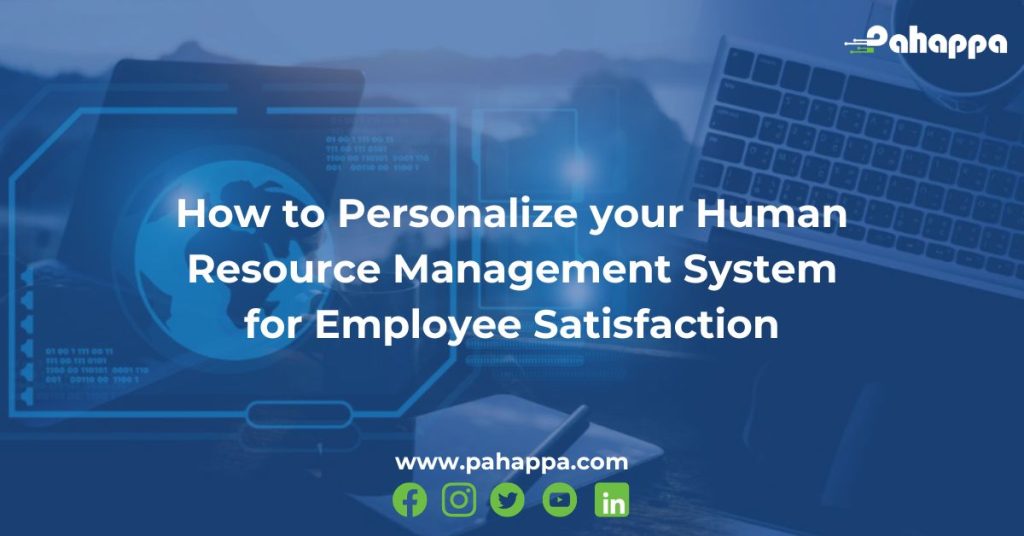Implementing a Human Resource Management Information System (HRMIS) can help organizations automate various HR processes, improve the accuracy of data, and increase efficiency.
Here are 10 steps that will guide you in implementing an HRMIS.
- Determine the goals and objectives: Before implementing an HRMIS, you must determine what you want to achieve through this system. Do you want to streamline your recruitment process, manage employee records more efficiently, or automate payroll processing? Determine your goals and objectives so that you can choose an HRMIS that meets your needs. Many companies opt for a system that can streamline employee records and payments. If this is one of the priorities for your company, it is important to customise your system to suit the company’s needs.
- Create a project team: To ensure a successful HRMIS implementation, you should create a project team that includes members from the HR department, IT, and management. This team will be responsible for planning and executing the implementation of the HRMIS. The software company responsible for designing the system will collaborate with the project team to ensure all requirements are met.
- Conduct a needs assessment: Before implementing the HRMIS, you should conduct a needs assessment to identify the current processes and procedures in place. This will help you determine the gaps that the HRMIS will need to address. You may also want to conduct a survey of employees to understand their needs and preferences.
- Develop a project plan: Based on the needs assessment, the project team should develop a project plan that includes timelines, milestones, and responsibilities. This plan should also have a budget and a communication plan.
- Customize the HRMIS: Once you have designed the basic concepts of the HRMIS software, you may need to customize it to meet your organization’s needs. This may involve creating new fields, workflows, or reports. The Developers can also create a customised system for you that meets your company’s needs and is specifically tailored to your company.
- Train employees: After customizing the HRMIS, you should train employees on how to use the system. This training should be tailored to the different user groups and should include hands-on training.
- Test the system: Before going live, you should test the HRMIS to ensure that it works as expected. This may involve running simulations and testing different scenarios. Let the project team test it and hand it over to a few other employees who can test it as well. Feedback from the team as well as the employees is vital to ensure that by the time the system is put to use, employees are well conversant with it.
- Go live: Once the system has been tested and employees have been trained, you can go live with the HRMIS. Monitor the system closely during the first few weeks to ensure that it is working as expected.
- Evaluate the system: After the HRMIS has been in place for some time, you should evaluate its effectiveness. This may involve gathering feedback from employees, reviewing metrics, and making adjustments to the system.
In summary, implementing an HRMIS can be a complex and time-consuming process, but it can provide significant benefits to your organization. By following these steps, you can ensure a successful implementation of an HRMIS that meets your organization’s needs. Click here to find out more about HRMIS implementation.











